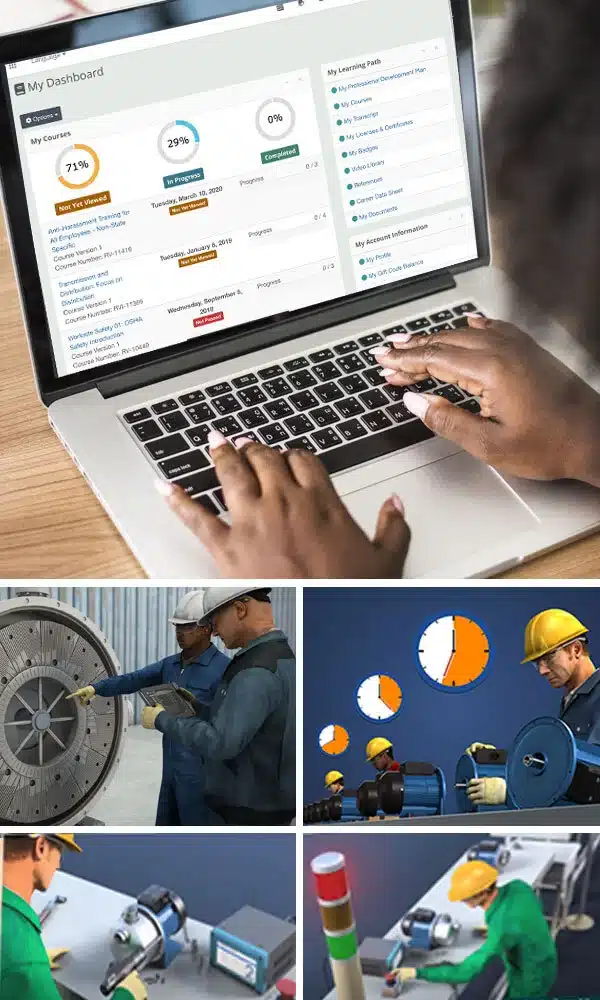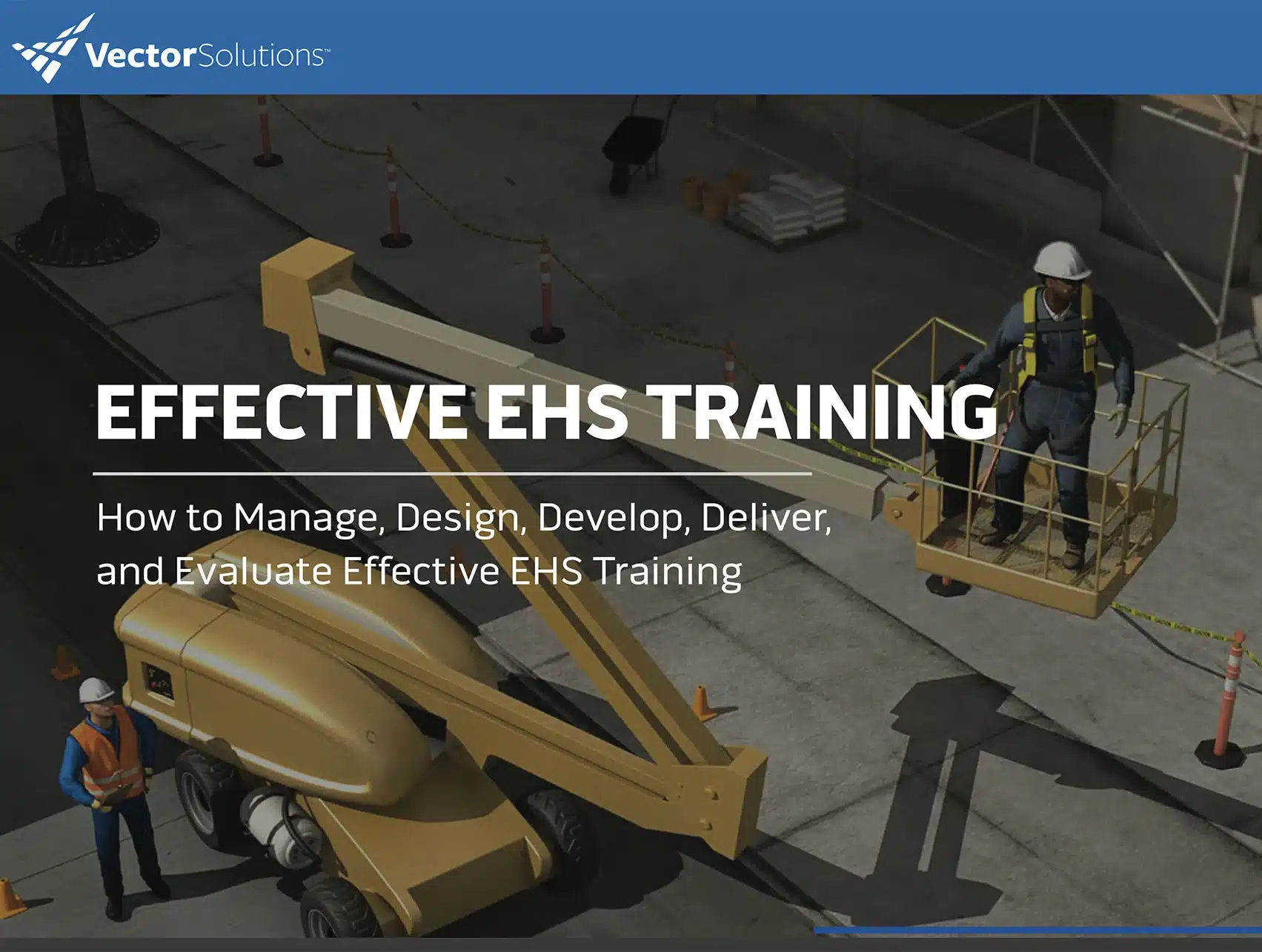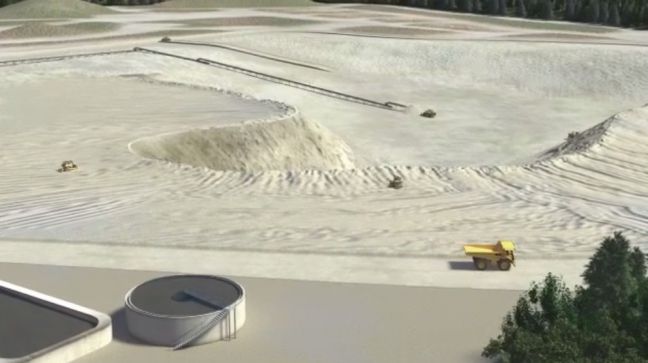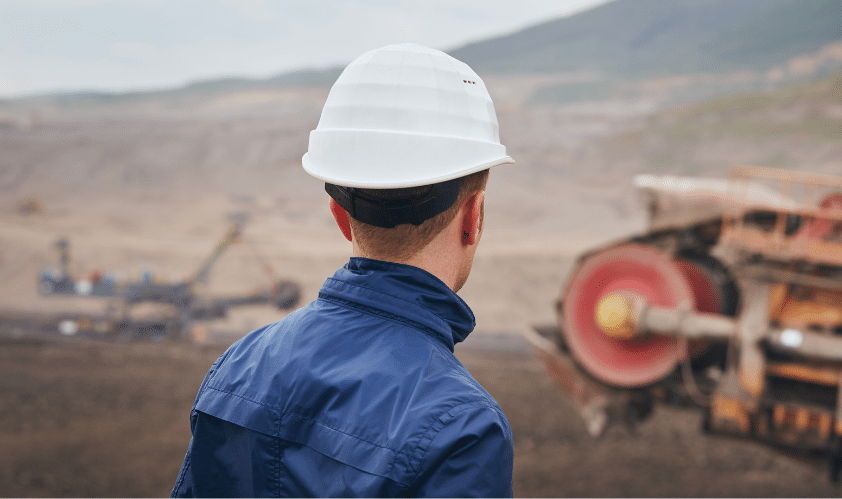June 24, 2017 13 min read
What Is Surface Mining?
Industry:
Solution:
Ever wonder to yourself: what is surface mining?
If so, maybe that’s because you’re a surface miner, will be a surface miner soon, or will soon work at a surface mine as a contractor. And if so, this is the article for you. We’re going to explain what surface mining is and give you some information about the MSHA Part 46 training requirements for surface mines to boot.
If you read through this and are still wondering about the surface mining definition, leave a note in the comments below.

Vector EHS Management Software empowers organizations – from global leaders to local businesses – to improve workplace safety and comply with environmental, health, and safety regulations.
Learn more about how our software can save you valuable time and effort in recording, tracking, and analyzing your EHS activities.
Learn more about how we can help:
- Incident Management Software →
- EHS Inspection Software →
- Key Safety Metrics Dashboard →
- Learning Management System (LMS) and Online Training Courses →
- Mobile Risk Communication Platform
Download our EHS Management Software Buyer’s Guide.
What Is Surface Mining? The Definition
So what’s the definition of surface mining? As stated by GreatMining.com, it’s:
Surface mining is a form of mining in which the soil and the rock covering the mineral deposits are removed. It is the other way of underground mining, in which the overlying rock is left behind, and the required mineral deposits are removed through shafts or tunnels.
Our friends at AZO Mining provide some additional context:
There are two basic classes of mining: mining at the Earth’s surface and mining underground…Surface mining accounts for two thirds of the world’s solid minerals, and is predominantly used in obtaining sand, gravel, crushed stone, phosphates, coal, copper, iron and aluminum…
There are 5 main types of surface mining, which are used in various degrees and for different resources. These mining categories are: strip mining, open-pit mining, mountaintop removal, dredging and high wall mining. All methods of surface mining will remove the waste material, or overburden, above the desired resource.
Surface mining is often preferred to sub-surface (underground mining) by mining companies for several reasons. It is less expensive, there are fewer complications in terms of electricity and water and it is safer.
This resource from the EPA on surface mining is also worth checking out.
Let’s look more closely at those different types of surface mining activities:
MSHA Safety Training Guide
Parts 46 and 48; training and documentation; offline and online; more!
Yes! I Want this Guide!
Open-pit Mining
Open-pit mining is the most common type of surface mining.
An open-pit mine is exactly what the name implies: a big hole (or pit) in the ground.
The pit in an open-pit mine is created by blasting with explosives and drilling. This type of mining is typically used to mine gravel and sand and even rock (when open-pit mining is used to extract rock from the earth, the pit is often called a “quarry”).
High Wall Mining
High wall mining is a combination of surface mining techniques and sub-surface techniques.
The basic idea is you start with an open-pit mine, and then drill or bore into those walls to extract more resources.
High Wall mining is performed remotely by a person in a cabin at the surface who uses a television camera to monitor and control the continuous miner machine.
Dredging
Dredging is the process of mining materials from the bottom of a body of water, including rivers, lakes, and oceans.
Strip Mining
Strip mining is the process of removing a thin strip of overburden (earth or soil) above a desired deposit, dumping the removed overburden behind the deposit, extracting the desired deposit, creating a second, parallel strip in the same manner, and depositing the waste materials from that second (new) strip onto the first strip. And so on.
Strip mining is using a lot for coal, phosphates, clays, and tar mining.
Mountaintop Removal
This is an alternative, and more recent, version of strip mining.
As the main suggests, mountaintop removal mining involves removing the top of steep mountains to expose desired deposits below. The excavated overburden from the mountaintop is deposited in nearby low valley areas known as “valley fills.”
This method is for the most part confined to coal mining in the Appalachian region of the United States.
Common Physical Characteristics of Surface Mines
Surface mines have a unique physical terrain, and the specialized terms are used to describe the features of the surface mining environment.
Those terms include:
- Angle of repose
- Bench
- Berm
- Haul road
- Highwall
- Pit
- Settling pond/tank
- Stockpile
- Wastepile
To learn more about these terms and what physical characteristics they describe, please see our:
- Physical Characteristics of a Surface Mine blog post
- Physical Characteristics of a Surface Mine interactive glossary (includes a way to download it for free)
- General Physical Characteristics of Surface Mines online safety training course (short sample video included below)
Online MSHA Part 46 training like the course sampled above can be a great way to get going on your Part 46 training.
Common Equipment Used in Surface Mining
There’s a specialized and diverse set of equipment commonly used during the surface mining process. If you’re going to work at a surface mine, it helps to know the names of the following equipment and what they’re used for. You may need to now how to operate them as well.
Equipment you might find at a surface mine includes:
- Backhoes
- Bins
- Classifiers
- Cone crushers
- Cranes
- Dozers
- Draglines
- Dredges
- Feeders
- Front-end loaders
- Fuel tanks
- Generators
- Haul trucks
- Hoppers
- Human transport
- In-pit conveyor systems
- Jaw crushers
- Maintenance and repair shops
- Overland conveyor systems
- Scrapers
- Screw conveyors
- Shovels
- Skid steers
- Track haulage
- Truck and wheel washes
- Truck scales
- Water reclamation systems
To learn more about these terms and what physical characteristics they describe, please see our:
- Typical Surface Mining Equipment blog post
- Typical Surface Mining Equipment interactive glossary (includes a way to download it for free)
- Typical Surface Mining Equipment online safety training course (short sample video included below)
Online MSHA Part 46 training like the course above is a great way to jump-start your MSHA compliance training.
MSHA Safety Training Requirements at a Surface Mine
The Mining Safety and Health Administration, also known as MSHA, requires that miners who work at surface mines receive specific safety training to reduce the risk of injury, illness, or fatality on the job.
At some surface mines, the safety training requirements are known as MSHA Part 46.
In particular, Part 46 applies to “miners engaged in shell dredging, or employed at sand, gravel, surface stone, surface clay, colloidal phosphate, or surface limestone mines.” (46.1)
The Part 46 safety training regulations require mine operators provide the following safety training programs:
- New Miner Training Program
- Newly Hired Experienced Miner
- New Task Training Program
- Annual Refresher Training Program
- Site-Specific Hazard Training Program
The other surface mines not covered by MSHA Part 46, plus underground mines, are covered by MSHA Part 48. Click to read more about the Part 46 or Part 48 issue.
To learn more, read our complete introduction to MSHA Part 46. You might also want to download our free guide to online MSHA Part 46 Training Compliance.
Conclusion: So That’s What Surface Mining Is!
So if you began this article by asking yourself “what is surface mining,” we hope you’ve got it now.
You may find these other articles helpful as well:
- MSHA Part 46 Training Certification Process
- MSHA New Miner Training Requirements
- Online Training Options for MSHA Part 46 New Task Training
- The MSHA Instructor Training Sessions
- MSHA Part 46 for Non-Mining Employees
- The MSHA Part 46 Competent Person
- MSHA Part 46 Training for Contractors
- What Is MSHA Part 46?
Our MSHA Safety Training won the ISHN Best Safety Training Award–did you know that? We’re proud of it and you’ll see why. Let us know if you’d like to get more information about our online MSHA training course options, including:
- Online MSHA Part 46 New Miner and Annual Refresher Training
- Additional Online MSHA Part 46 Training Courses (New Tasks, Etc)
- Additional Online “General” Safety Training Courses
- The MSHA LMS for managing MSHA Part 46 Training, Recordkeeping, & Documentation
And don’t forget to download our Safety Training Guide below before you go!
EHS Training Guide
Improve your EHS training now with tips from an ANSI/ASSP Z490 creator.
Yes! I Want this Guide!









